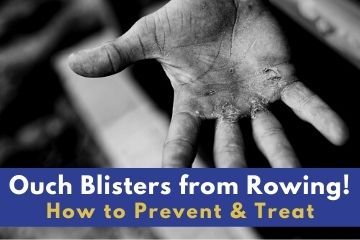
Blisters!! Oh, my favorite! I love the way they burn!! – Said no one, EVER!
Did you get blisters on your hands from giving your rowing machine a little bit too much of your time? It’s a common but oh so annoying (and painful) problem that I’ve had myself.
I have rowed for over 20 years now, both on water and of course on the beloved erg, so I have had my fair share of blisters too! If there was an award for getting the most blisters, I’m sure I would get at least a silver medal.
In today’s article, I’m going to tell you all about blisters, how to avoid them, and what you can do to help heal them more quickly if you should get them.
This may not be the prettiest article, but it’s a very important one. Are you ready? Let’s talk blisters!
How Do You Prevent Blisters When Rowing?
You might be surprised to find that many people think that they can’t get blisters if they use an indoor rowing machine, but the truth is, you can get them regardless of whether it’s an indoor machine, a rowboat, or a kayak.
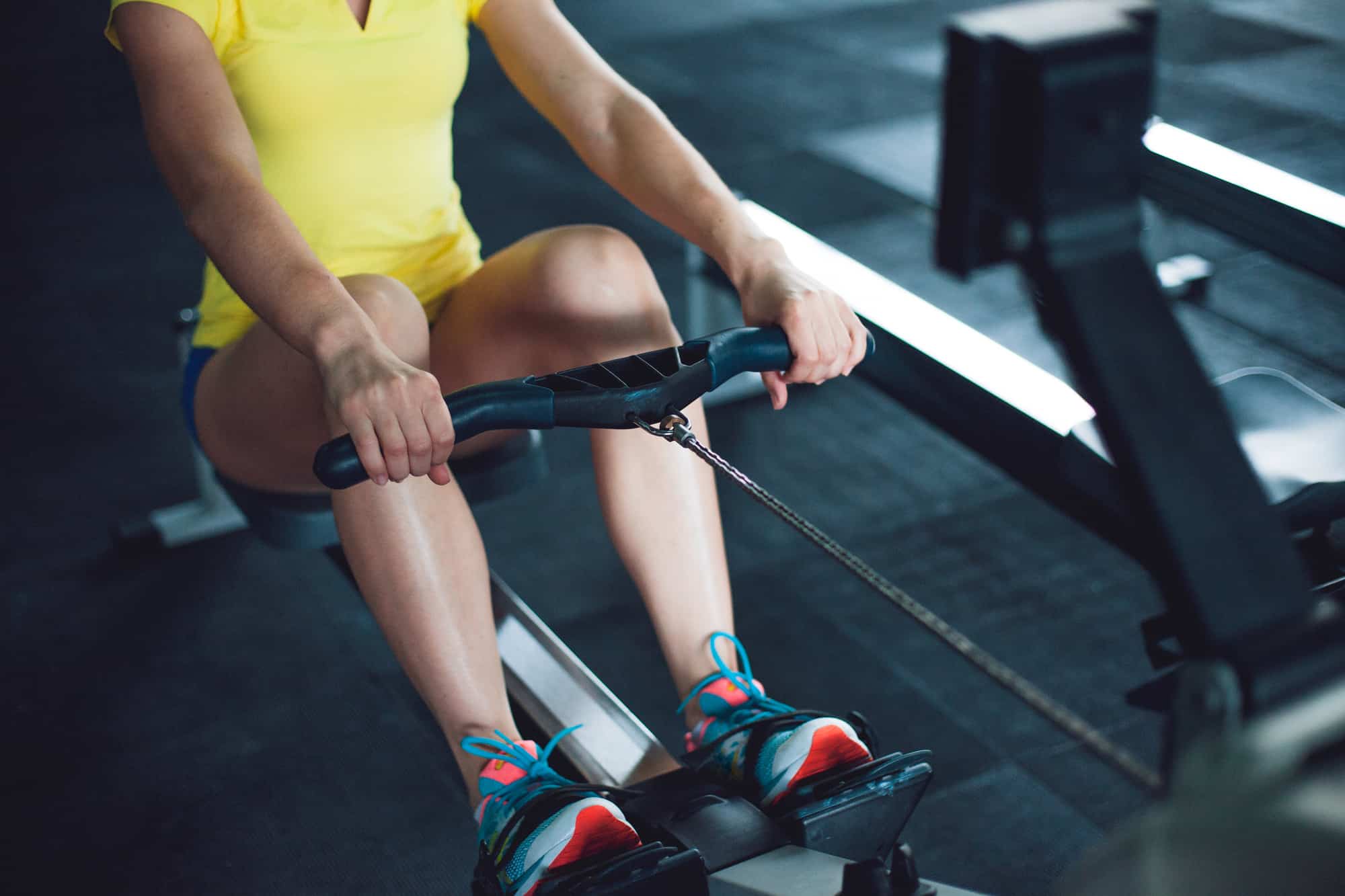
I’m not only talking about those blisters on your hands and fingers, though. You won’t hear many people talk about it, but I’ve seen some really nasty blisters on some butts over the years as well.
Fortunately (always look on the brighter side), the majority of blisters will be on your hands ( learn more about rowers hands ). Whether your rowing blisters are just some raised areas, or popped open so you’re now dealing with blood and raw skin, there are some things you can do to prevent rowing blisters.
You can get regular fluid-filled blisters forming between the upper and outer layer of skin, or you can get blood blisters, which usually happen when you pinch part of your hand between two pieces of wood or other hard objects.
When speaking about rowing blisters, these are caused by the constant rubbing of your hand and the rowing machine handle (or the oar if you’re rowing on water), especially after rowing too long or gripping the handle too hard (which can be a very common issue with cross-fitters).
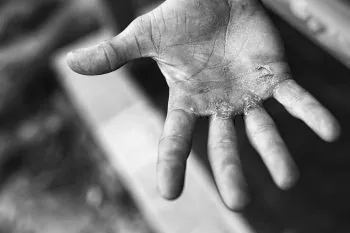
While it’s true that over time, a blister will turn into a hard and raised callus that make you a better rower, you don’t want to risk an infection. We will talk bout how to deal with blisters next.
Tips for Preventing Blisters from Rowing
An ounce of prevention is worth a pound of cure, so let’s prevent blisters first, shall we?
- Don’t keep a death grip on the handle.
It’s easy in the heat of the race or your workout to forget, but that handle isn’t going anywhere, so you don’t need to hold onto it like it’s a snake that will slither away. Keep a proper grip so it doesn’t slip out of your hand but loose enough to reduce friction between your hands and the oar handles. - You can try using gloves if you’re using a rowing machine.
Gloves don’t often work in a boat setting since the glove material bunching up causes more problems than it solves, but on a rowing machine, they can be a real blessing. I’ve recommended some of these gloves because they are designed not to slip, even if you sweat a lot. - Band-aid designed for fingers, or using blister tape.
These can help reduce the pain so you can row again, but don’t be surprised if you must wait a week or 10 days before those rowing blisters have healed enough so that you can get back to rowing.
What about Blisters in Other Places?
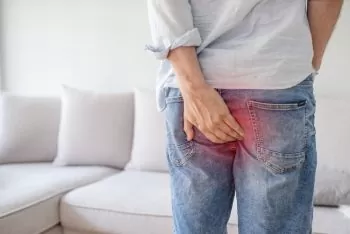
If you’ve managed to get some blisters on your behind, you aren’t alone. These blisters happen usually because you’re wearing something silky or loose and your butt is rubbing on the material.
To reduce friction and prevent chafing, try wearing something tight underneath your workout clothes. Another option is to put a product called Body Glide on your behind before you sit down on the machine.
Sometimes called Skin Glide, these products are a cream that adds a layer of protection to the skin so that it minimizes chafing and friction. Side Note: You might also like to learn what to wear when rowing to help prevent other injuries, you can read my full article here.
How Do You Treat Rowing Blisters?
Ask 20 people how to treat a blister and you will get 20 different answers. As promised, I’m going to tell you about some of the secrets I’ve learned over the years about the best way to treat rowing blisters.
Some people believe that you should puncture the blister, but personally, I don’t recommend it. I’ve seen many cases where people showed signs of infection after popping their blister open and leaving raw skin.
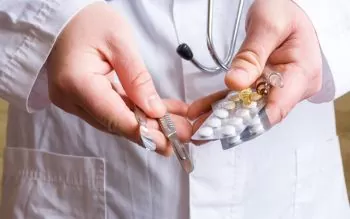
If you should develop an infection, please seek immediate medical attention to avoid further injury.
I think blisters should be left alone since the water and overlying skin provide some protection for the raw skin underneath.
Wash your hands thoroughly with hot soapy water to avoid any microscopic bacteria that may be lurking on the raw edges of the blister. I recommend that you do this several times a day not only to protect you from infection but also help gently dry out that rowing blister.
Some people put Neosporin around the blister, which is always a good idea. Neosporin is an antibiotic ointment that helps prevent infection and heal the blister.
I’ve also seen people sterilize a sharp needle in boiling water and then insert a bit of thread that is coated with an antiseptic cream or antibiotic ointment. They then puncture the blister with the needle, running the thread through it to effectively apply antiseptic cream inside the wound. While I’ve never tried this method myself, I know several people who swear by this method for the prevention of infection and faster healing.
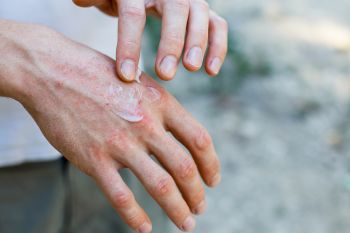
Don’t cover the blister at night or even during the day unless you need to. The air will help dry it out.
I’ve had great luck myself using wet tea bags to help dry out a rowing blister and numb some of the pain. If the blister has opened and there is raw skin underneath, a wet tea bag will hurt like the dickens the first time you use it, but later you will see that it is much better.
You can also try some vitamin E oil on raw or broken skin. This will help in keeping the skin moist while allowing it to heal faster.
You may use rubbing alcohol or hydrogen peroxide to disinfect the damaged skin, but be warned that it can hurt so bad.
How Do You Tape Blisters on Hand Rowing?
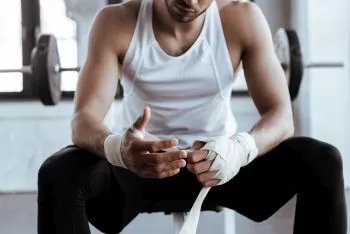
Taped-up hands and fingers are a common sight among the rowing crowd. If you want to continue rowing and your blisters aren’t literally bleeding all over the place, you can try the following method:
- Find a spool of medical tape (electrical tape works in a pinch, but I don’t recommend it).
- Wrap one loop around the lower part of your hand, where the four fingers come together.
- Now put smaller loops around each finger that has a blister. Don’t try to tape up the entire finger, just cover the blister.
- You can also put one loop around your thumb if you can see a blister forming there or if you like the feeling of having all your fingers “even”.
You may still feel some pain, but the tape should protect the blister and allow you to row. You can also try taking some over-the-counter pain killers, such as Tylenol or ibuprofen, if it becomes too painful to bear.
The Bottom Line
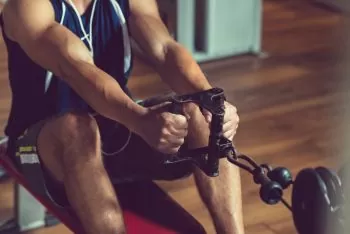
Blister care is vital for any blister, even if you didn’t get it rowing. However, for those who are in the water, you can get some nasty infections from unsanitary surfaces, or you can get other water-borne diseases through an open blister.
The skin layers over your healed blister will thicken over time, helping you row so much easier in the future. In the meantime, however, don’t let those blisters take the fun out of the rowing season – you can still row with taped hands. Rowing blisters are not that hard to prevent or treat!
I hope you found this article helpful. If you did, feel free to pass it on to friends and family. It’s OK, I promise not to tell anyone about your fanny blisters.
Written by Petra Amara – RowingCrazy.com
CEO & Founder of RowingCrazy, National Rower, Coxswain Womens Eight Team, Rowing Coach & Writer
Petra is a Mother of two and owner of Rowingcrazy.com. Petra lives and breathes rowing, she also has a passion for writing which lead her to start RowingCrazy.com to share her rowing experience and expertise with others.






